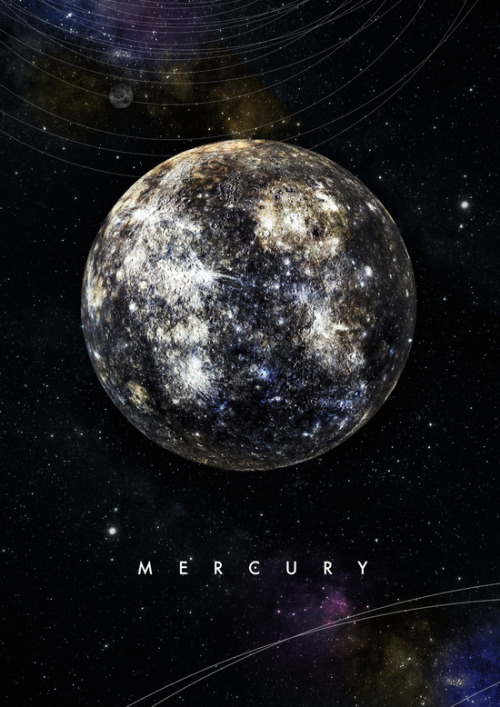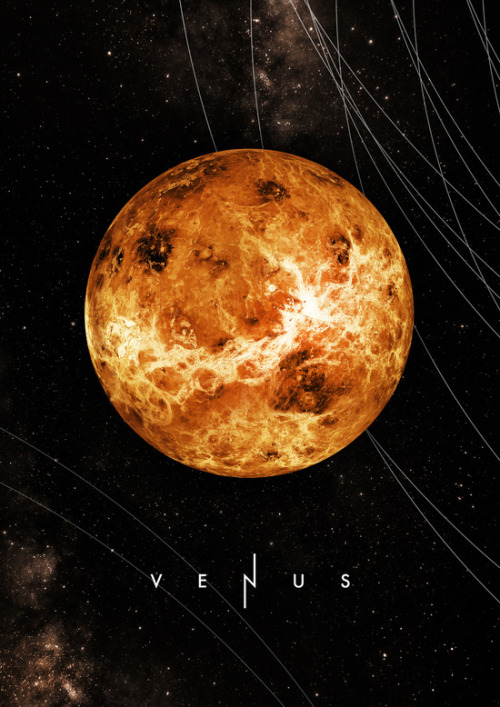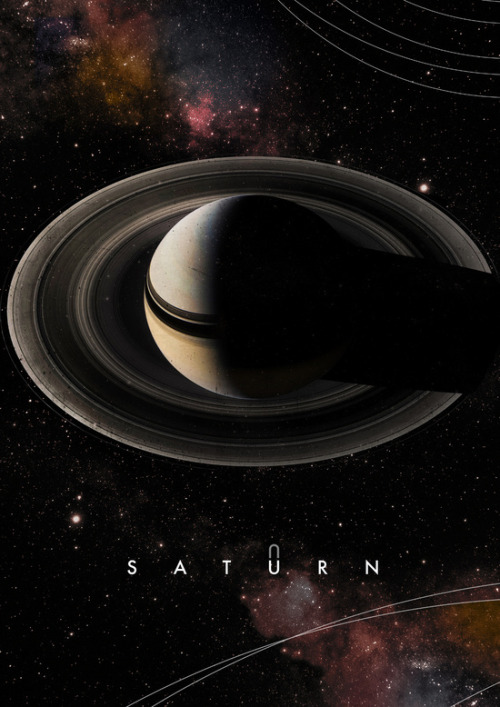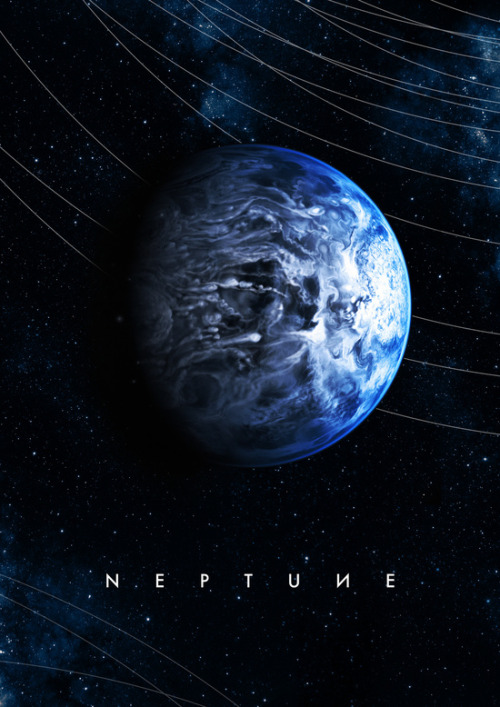(Image Caption: A Bundle Of Neurons: A Bioengineering Team At Brown University Can Grow “mini-brains”

(Image caption: A bundle of neurons: A bioengineering team at Brown University can grow “mini-brains” of neurons and supporting cells that form networks and are electrically active. Credit: Hoffman-Kim lab/Brown University)
An accessible approach to making a mini-brain
If you need a working miniature brain — say for drug testing, to test neural tissue transplants, or to experiment with how stem cells work — a new paper describes how to build one with what the Brown University authors say is relative ease and low expense. The little balls of brain aren’t performing any cogitation, but they produce electrical signals and form their own neural connections — synapses — making them readily producible testbeds for neuroscience research, the authors said.
“We think of this as a way to have a better in vitro [lab] model that can maybe reduce animal use,” said graduate student Molly Boutin, co-lead author of the new paper in the journal Tissue Engineering: Part C. “A lot of the work that’s done right now is in two-dimensional culture, but this is an alternative that is much more relevant to the in vivo [living] scenario.”
Just a small sample of living tissue from a single rodent can make thousands of mini-brains, the researchers said. The recipe involves isolating and concentrating the desired cells with some centrifuge steps and using that refined sample to seed the cell culture in medium in an agarose spherical mold.
The mini-brains, about a third of a millimeter in diameter, are not the first or the most sophisticated working cell cultures of a central nervous system, the researchers acknowledged, but they require fewer steps to make and they use more readily available materials.
“The materials are easy to get and the mini-brains are simple to make,” said co-lead author Yu-Ting Dingle, who earned her Ph.D. at Brown in May 2015. She compared them to retail 3-D printers which have proliferated in recent years, bringing that once-rare technology to more of a mass market. “We could allow all kinds of labs to do this research.”
The spheres of brain tissue begin to form within a day after the cultures are seeded and have formed complex 3-D neural networks within two to three weeks, the paper shows.
25-cent mini-brains
There are fixed costs, of course, but an approximate cost for each new mini-brain is on the order of $0.25, said study senior author Diane Hoffman-Kim, associate professor of molecular pharmacology, physiology and biotechnology and associate professor of engineering at Brown.
“We knew it was a relatively high-throughput system, but even we were surprised at the low cost per mini-brain when we computed it,” Hoffman-Kim said.
Hoffman-Kim’s lab collaborated with fellow biologists and bioengineers at Brown — faculty colleagues Julie Kauer, Jeffrey Morgan, and Eric Darling are all co-authors — to build the mini-brains. She wanted to develop a testbed for her lab’s basic biomedical research. She was interested, for example, in developing a model to test aspects of neural cell transplantation, as has been proposed to treat Parkinson’s disease. Boutin was interested in building working 3-D cell cultures to study how adult neural stem cells develop.
Morgan’s Providence startup company, MicroTissues Inc., makes the 3-D tissue engineering molds used in the study.
The method they developed yields mini-brains with several important properties:
Diverse cell types: The cultures contain both inhibitory and excitatory neurons and several varieties of essential neural support cells called glia.
Electrically active: the neurons fire and spike and form synaptic connections, producing complex networks.
3-D: Cells connect and communicate within a realistic geometry, rather than merely across a flat plane as in a 2-D culture.
Natural density: Experiments showed that the mini-brains have a density of a few hundred thousand cells per cubic millimeter, which is similar to a natural rodent brain.
Physical structure: Cells in the mini-brain produce their own extracellular matrix, producing a tissue with the same mechanical properties (squishiness) as natural tissue. The cultures also don’t rely on foreign materials such as scaffolds of collagen.
Longevity: In testing, cultured tissues live for at least a month.
Hoffman-Kim, who is affiliated with the Brown Institute for Brain Science and the Center for Biomedical Engineering, said she hopes the mini-brains might proliferate to many different labs, including those of researchers who have questions about neural tissue but not necessarily the degree of neuroscience and cell culture equipment required of other methods.
“If you are that person in that lab, we think you shouldn’t have to equip yourself with a microelectronics facility, and you shouldn’t have to do embryonic dissections in order to generate an in vitro model of the brain,” Hoffman-Kim said.
More Posts from Mydickneedscpr and Others


DIYbio’s growth spurt is, in part, thanks to powerful molecular biology tools becoming cheaper and simpler to use. Second-hand DNA amplifying machines are increasingly available over eBay, with some vintage models costing less than $100. Biohackers have even made an open-source version that, in true DIY fashion, allows amateur biologists to assemble the machines on their own.
Similar to sophisticated home chefs, amateur scientists no longer require specialized lab training. Want to transfer a gene from plant A to plant B? Simply purchase off-the-shelf, ready-made kits from an online supplier of your choice, follow the instructions, and within a few months (if you’re good) you’ve cooked up something entirely new to nature.
According to DIYbio pioneer Rob Carlson, what drives the movement is the belief that “biology is technology”: like computer software, DNA is fundamentally a form of code that can be manipulated to engineer biological traits and devices. At its core, much of the DIYbio movement is about exploring the creative potential of rewriting genes.
‘Why We Should Embrace – Not Fear – the Biohacker Uprising’ (SingularityHub)
Curious about biohacking and biological engineering? Visit http://genspace.org/

Published on #FITSO Motivation
http://goo.gl/iuACd


HEAVEN ON EARTH MARKS THE END OF ‘EGO SUPREMACY’
“The real cause of human suffering lies in the lack of education (social awareness) about the ‘ego’ and how it controls our perception (without being detected).” -Anon I mus (Spiritually Anonymous)
THE EGO
“From the time that we were little children, we began to form mental images of who we think we are; a fictional identity based on our personal and cultural conditioning. When we identify with this phantom self (body-mind entity), we are in ‘ego mode’. None of us are born with an ‘ego’ (social mask), it is learned; an artificial construct that is built into the fabric of how we see, think, speak, feel and behave. The real cause of human suffering is holding onto false narratives that we are powerless, defective, worthless, fearful, limited and disconnected beings from each other and the universe as a whole. To protect our distorted self-image, we unconsciously think and act out behaviors that are the exact opposite of what we internalized in order to ‘compensate’ for our lack. To transcend the prison of our egoic programming is to be aware of how it functions inside us and remove our personal identification and attachment with it (as witnessing presence).” ~Anon I mus (Spiritually Anonymous)
CHARACTERISTICS OF THE EGO:
The ego attaches and identifies with your personal story and world history * it resents change * it needs to control through dominance * it wants approval from others (external validation through recognition, attention and praise) * it craves more power over people and/or circumstances * it lives in constant comparison to others * it feels the need to be right (mental standpoint) * it thinks it is the personal doer of actions * it believes itself to be the mind-body entity only * it is conditional * it promotes separation/exclusivity * it feels a sense of lack, craving more and more (for its needs are never satisfied) * it is insecure * it feels a sense of entitlement * it feels guilt * it gossips * it worries * it is shallow * it holds grudges * it unconsciously seeks out drama (to feel important) * it focuses on past/future (at the expense of the present) * it is emotionally reactive * it depends on the opinions of others for a sense of self * it does not trust * it is defensive (taking things personally) * it is co-dependent on people * it represses * it cannot love unconditionally * it is possessive * it accumulates * it projects expectations onto others (expecting others to meet its standards or wishes) * it creates resistance to what really is * it seeks meaning and happiness from external things * its envious * it lives in the dark (confusion) * it labels and judges people and things * it plays victim role or perpetrator * it projects blame * it complains * it is unconscious of itself*
~Anon I mus (Spiritually Anonymous)

*for more information on this subject visit
http://egoawarenessmovement.org/
http://spiritualenlightenment4nobodies.com/
https://wikisearcheranonimus.wordpress.com/about/
https://www.youtube.com/user/SpirituallyAnonImus
Energy Converters Absorb Power of Waves

Authored by Kenny Walter, Digital Reporter, R&D Magazine
Researchers may have found a new way to capture wave energy that can be used to make electricity.
A team from Sandia National Laboratories are working on designing, modeling and testing a new control system that may double the amount of power a wave energy converter can absorb from ocean waves by applying a classical control theory, robotics and aerospace engineering design principles to improve the converter’s efficiency.
Read more: https://www.rdmag.com/article/2017/10/energy-converters-absorb-power-waves

“How Cosmic Forces Shape Our Destines.”
“Accepting all this as true let us consider some of the forces and influences which act on such a wonderfully complex automatic engine with organs inconceivably sensitive and delicate, as it is carried by the spinning terrestrial globe in lightning flight through space. For the sake of simplicity we may assume that the earth’s axis is perpendicular to the ecliptic and that the human automaton is at the equator. Let his weight be one hundred and sixty pounds then, at the rotational velocity of about 1,520 feet per second with which he is whirled around, the mechanical energy stored in his body will be nearly 5,780,000 foot pounds, which is about the energy of a hundred-pound cannon ball.
“This momentum is constant as well as upward centrifugal push, amounting to about fifty-five hundredth of a pound, and both will probably be without marked influence on his life functions. The sun, having a mass 332,000 times that of the earth, but being 23,000 times farther, will attract the automaton with a force of about one-tenth of one pound, alternately increasing and diminishing his normal weight by that amount.
“Though not conscious of these periodic changes, he is surely affected by them.
“The earth in its rotation around the sun carries him with the prodigious speed of nineteen miles per second and the mechanical energy imparted to him is over 25,160,000,000 foot pounds. The largest gun ever made in Germany hurls a projectile weighing one ton with a muzzle velocity of 3,700 feet per second, the energy being 429,000,000 foot pounds. Hence the momentum of the automaton’s body is nearly sixty times greater. It would be sufficient to develop 762,400 horse-power for one minute, and if the motion were suddenly arrested the body would be instantly exploded with a force sufficient to carry a projectile weighing over sixty tons to a distance of twenty-eight miles.
"This enormous energy is, however, not constant, but varies with the position of the automaton in relation to the sun. The circumference of the earth has a speed of 1,520 feet per second, which is either added to or subtracted from the translatory velocity of nineteen miles through space. Owing to this the energy will vary from twelve to twelve hours by an amount approximately equal to 1,533,000,000 foot pounds, which means that energy streams in some unknown way into and out of the body of the automaton at the rate of about sixty-four horse-power.
"But this is not all. The whole`solar system is urged towards the remote constellation Hercules at a speed which some estimate at some twenty miles per second and owing to this there should be similar annual changes in the flux of energy, which may reach the appalling figure of over one hundred billion foot pounds. All these varying and purely mechanical effects are rendered more complex through the inclination of the orbital planes and many other permanent or casual mass actions.
"This automaton, is, however subjected to other forces and influences. His body is at the electric potential of two billion volts, which fluctuates violently and incessantly. The whole earth is alive with electrical vibrations in which he takes part. The atmosphere crushes him with a pressure of from sixteen to twenty tons, according, to barometric condition. He receives the energy of the sun’s rays in varying intervals at a mean rate of about forty foot pounds per second, and is subjected to periodic bombardment of the sun’s particles, which pass through his body as if it were tissue paper. The air is rent with sounds which beat on his eardrums, and he is shaken by the unceasing tremors of the earth’s crust. He is exposed to great temperature changes, to rain and wind.
"What wonder then that in such a terrible turmoil, in which cast iron existence would seem impossible, this delicate human engine should act in an exceptional manner? If all automata were in every respect alike they would react in exactly the same way, but this is not the case. There is concordance in response to those disturbances only which are most frequently repeated, not to all. It is quite easy to provide two electrical systems which, when subjected to the same influence, will behave in just the opposite way.
"So also two human beings, and what is true of individuals also holds good for their large aggregations. We all sleep periodically. This is not an indispensable physiological necessity any more than stoppage at intervals is a requirement for an engine. It is merely a condition gradually imposed upon us by the diurnal revolution of the globe, and this is one of the many evidences of the truth of the mechanistic theory. We note a rhythm or ebb and tide, in ideas and opinions, in financial and political movements, in every department of our intellectual activity.
"It only shows that in all this a physical system of mass inertia is involved which affords a further striking proof. If we accept the theory as a fundamental truth and, furthermore, extend the limits of our sense perceptions beyond those within which we become conscious of the external impressions, then all the states in human life, however unusual, can be plausibly explained.”
–Nikola Tesla
New York American, February 7, 1915.






❝ Everything we do, every thought we’ve ever had, is produced by the human brain. But exactly how it operates remains one of the biggest unsolved mysteries, and it seems the more we probe its secrets, the more surprises we find. ❞








Alexander Pohl
Can you recommend any YouTube channels that discuss neuroscience or anything similar to what you post thanks!
Actually I pretty much learn most of the stuff I talk about here on youtube so hopefully this helps!
1. Psych2GoTV (I also occasionally upload for them)
2. Crash Course Anatomy and Physiology
3. BrainCraft
4. AsapSCIENCE
5. SciShow
6. Veritasium
7. 2 Minute Neuroscience
8. Human Behavioural Biology (LOVE this, its a lecture series by Stanford)
9. Max Planck Florida Institute for Neuroscience
10. TED-Ed (I live for their videos)
11. The School of Life (more philosophy/life coaching stuff but I love them)
12. Kurzgesagt – In a Nutshell
13. Life Noggin
14. Osmosis
Theres probably a few that I’ve forgotten but these channels really are amazing, I’ve learned so much from them.

Published on #FITSO Motivation
http://goo.gl/dT13P
-
 confusedandisomorphic liked this · 5 months ago
confusedandisomorphic liked this · 5 months ago -
 7nickkoenig3 liked this · 6 years ago
7nickkoenig3 liked this · 6 years ago -
 exuuviae reblogged this · 6 years ago
exuuviae reblogged this · 6 years ago -
 mydickneedscpr reblogged this · 7 years ago
mydickneedscpr reblogged this · 7 years ago -
 tarafromsahara reblogged this · 7 years ago
tarafromsahara reblogged this · 7 years ago -
 czkavka reblogged this · 7 years ago
czkavka reblogged this · 7 years ago -
 sadlyangryangrilysad liked this · 8 years ago
sadlyangryangrilysad liked this · 8 years ago -
 toastmcroasty liked this · 9 years ago
toastmcroasty liked this · 9 years ago -
 wiz-kid reblogged this · 9 years ago
wiz-kid reblogged this · 9 years ago -
 caramelcloud liked this · 9 years ago
caramelcloud liked this · 9 years ago -
 leftfootism reblogged this · 9 years ago
leftfootism reblogged this · 9 years ago -
 saintbobtail reblogged this · 9 years ago
saintbobtail reblogged this · 9 years ago -
 therudimentaryitch reblogged this · 9 years ago
therudimentaryitch reblogged this · 9 years ago -
 noirissey liked this · 9 years ago
noirissey liked this · 9 years ago -
 ramble-rose reblogged this · 9 years ago
ramble-rose reblogged this · 9 years ago -
 bad-0mens reblogged this · 9 years ago
bad-0mens reblogged this · 9 years ago -
 blanket-shrouded liked this · 9 years ago
blanket-shrouded liked this · 9 years ago -
 exuuviae liked this · 9 years ago
exuuviae liked this · 9 years ago -
 toralily reblogged this · 9 years ago
toralily reblogged this · 9 years ago -
 oreorabbits liked this · 9 years ago
oreorabbits liked this · 9 years ago -
 misskodahyde reblogged this · 9 years ago
misskodahyde reblogged this · 9 years ago -
 ai-reen reblogged this · 9 years ago
ai-reen reblogged this · 9 years ago -
 caffeineweedandadderall-blog liked this · 9 years ago
caffeineweedandadderall-blog liked this · 9 years ago -
 sagi2tarius liked this · 9 years ago
sagi2tarius liked this · 9 years ago -
 droopyeyesandtiredsmiles reblogged this · 9 years ago
droopyeyesandtiredsmiles reblogged this · 9 years ago -
 leftfootism liked this · 9 years ago
leftfootism liked this · 9 years ago -
 sciencepartyblog reblogged this · 9 years ago
sciencepartyblog reblogged this · 9 years ago -
 bluebirdofhapiness liked this · 9 years ago
bluebirdofhapiness liked this · 9 years ago -
 foodnfrolic liked this · 9 years ago
foodnfrolic liked this · 9 years ago -
 antares-222 liked this · 9 years ago
antares-222 liked this · 9 years ago -
 thirdeyedmt liked this · 9 years ago
thirdeyedmt liked this · 9 years ago -
 victorylilygreen liked this · 9 years ago
victorylilygreen liked this · 9 years ago -
 victorylilygreen reblogged this · 9 years ago
victorylilygreen reblogged this · 9 years ago -
 doomroar liked this · 9 years ago
doomroar liked this · 9 years ago -
 oneapplepiefromscratchplease reblogged this · 9 years ago
oneapplepiefromscratchplease reblogged this · 9 years ago -
 ghostrick-festival reblogged this · 9 years ago
ghostrick-festival reblogged this · 9 years ago -
 schoppenhauspots liked this · 9 years ago
schoppenhauspots liked this · 9 years ago